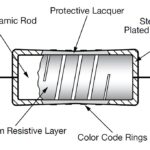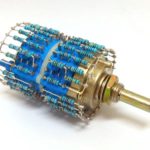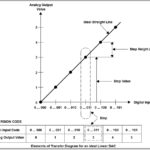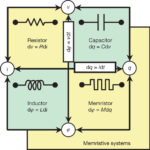Noise in circuits is always going to exist in one way or another. For those working with or designing electronics, noise can ride the working signal and can obscure small signals altogether. Barring any other sources of noise, if very low-level signals are important, you may want to look at your resistors. Resistors are inherently noisy, some less than others.

All resistors produce some level of thermal noise. Akin to noise caused by the friction of water running through a pipe, the thermal noise comes from electron holes moving around in a conductor. Noise increases with temperature in resistors and is based on how thermal noise is calculated; larger value resistors produce more noise, all other things being equal. Solder balls that act like resistors are not immune. Anything that acts as a resistor will produce some thermal noise, which if you could amplify it, would sound like the noise you hear on an old style analog TV when a station had gone off the air. We called this “white noise” because the picture that accompanied the noise was a grainy moving random pattern of white and gray-to-black dots.
Another type of noise is called “pink noise” or “excess noise,” and changes with frequency. We also express excess noise as “1/f noise.” This type of noise is not unique to resistors and is found in semiconductors, metal films, and in non-electrical systems. Resistors with the most excess noise are old-fashioned carbon composition resistors. Carbon film resistors are a bit better, and metal film resistors have even lower excess noise figures. The best resistors for avoiding excess noise are foil and wire-wound resistors with ceramic glass, or plastic cores.
Applications for which resistor noise might be an issue include anything requiring clean, low-level signals, such as instrumentation and audio circuits.
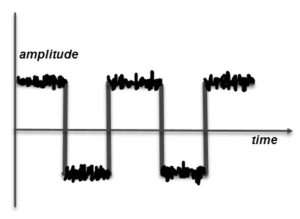
Popcorn noise is another type of noise that is no longer seen much in semiconductors or resistors. It occurs at audio-range frequencies and sounds something like popcorn popping when fed through speakers. This is also called burst noise or random telegraph signal noise. Popcorn noise is possible but modern testing techniques screen for and rejects such components since the source of popcorn noise has been linked to deficiencies in the manufacturing process.


